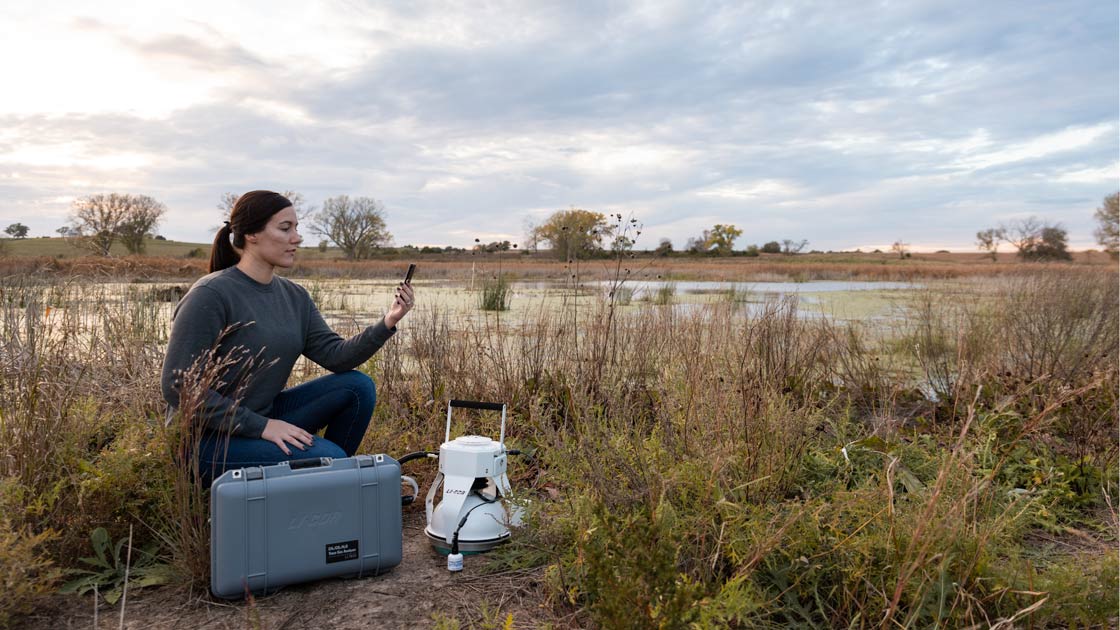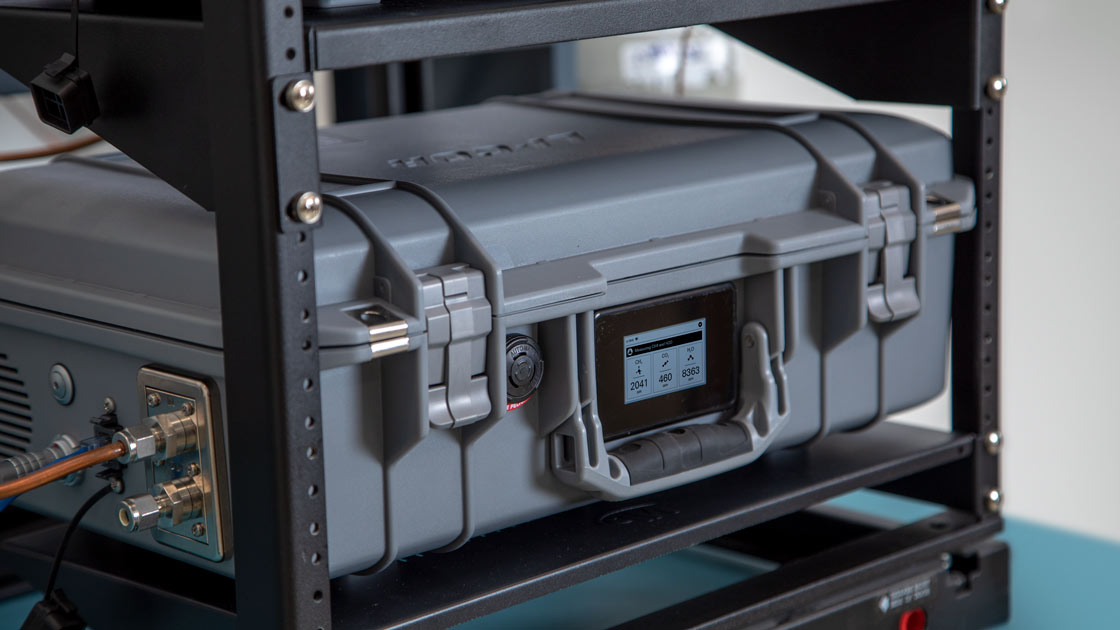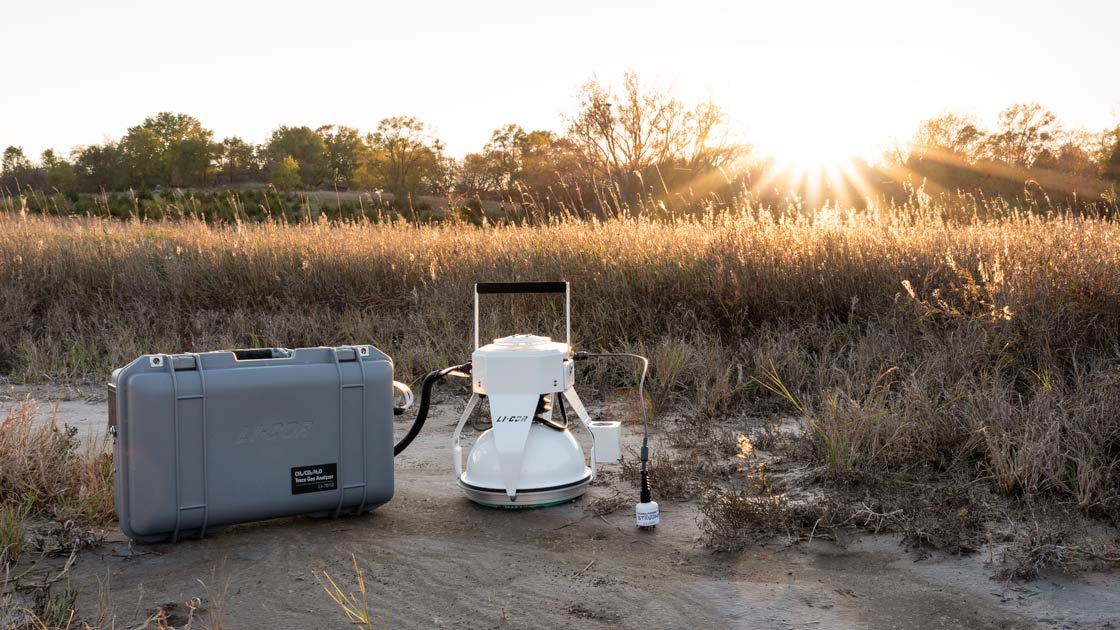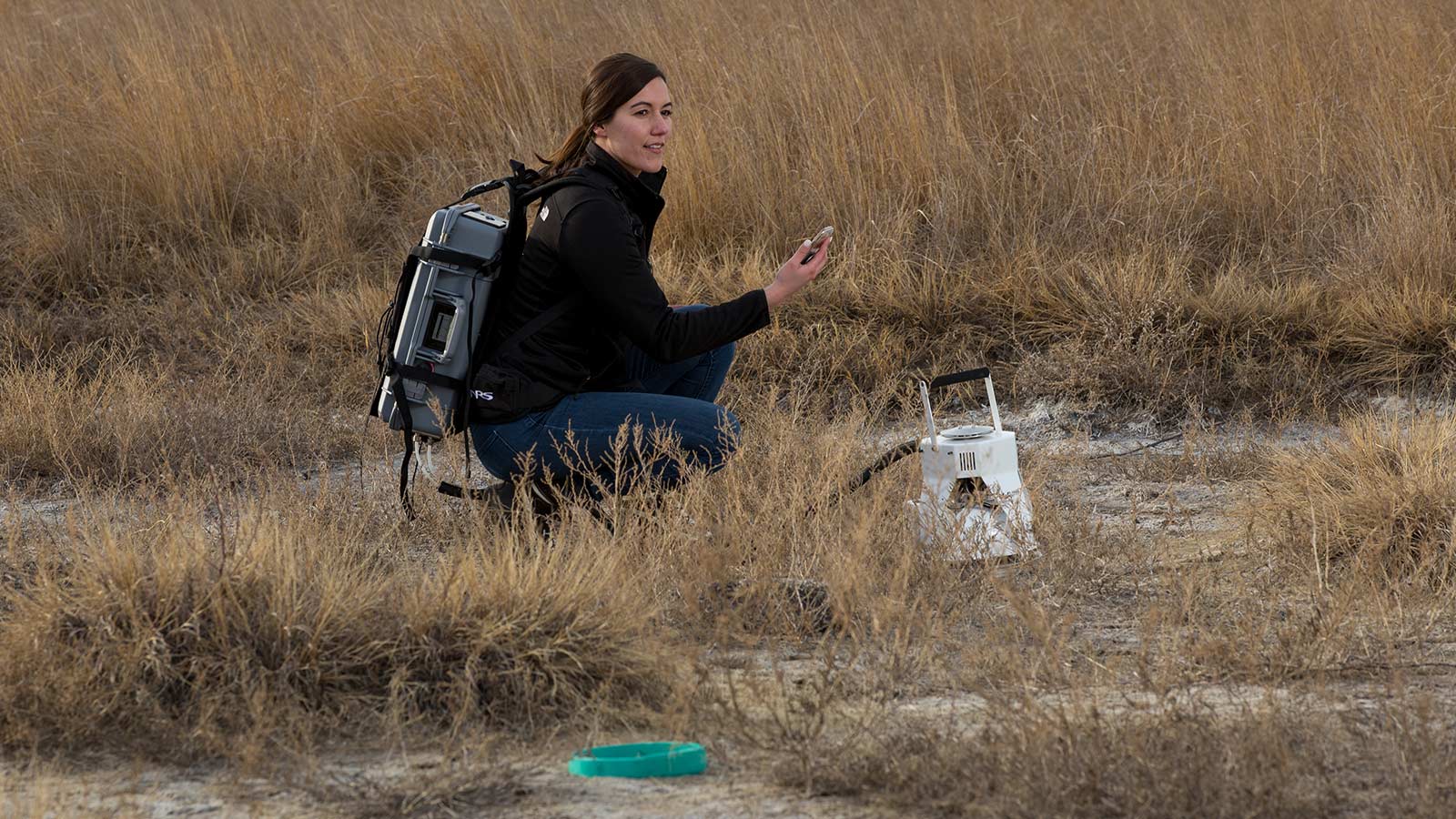
Precision, stability, and portability
To monitor global emissions, you need a gas analyzer that meets rigorous requirements for accuracy, precision, and stability.
LI-COR Trace Gas Analyzers add new dimensions to your trace gas research and monitoring. They provide the same exceptional performance in the lab, in the field, or on the move for CO2, CO2 Isotopologue , NH3, CH4, and N2O measurements.
Precise, stable, and portable, with low power and low maintenance requirements, LI-COR Trace Gas Analyzers are rugged and reliable enough for the most extreme and remote locations, even at high altitudes. All at an unmatched price for the precision and stability you receive.
Go wherever your research takes you.
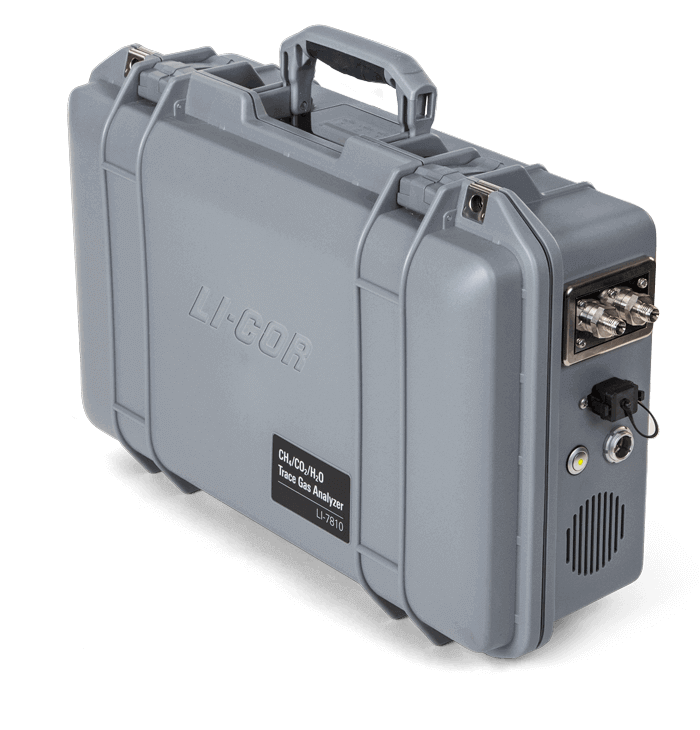
Method matters
For 35 years, LI-COR infrared gas analyzers have been used and trusted by researchers and networks around the world.
LI-COR laser-based Trace Gas Analyzers are accompanied by a suite of patented technologies that contribute to their robust design and exceptional performance in CO2, CO2 Isotopologue, CH4, and N2O measurements, allowing you to be flexible with your research site location.
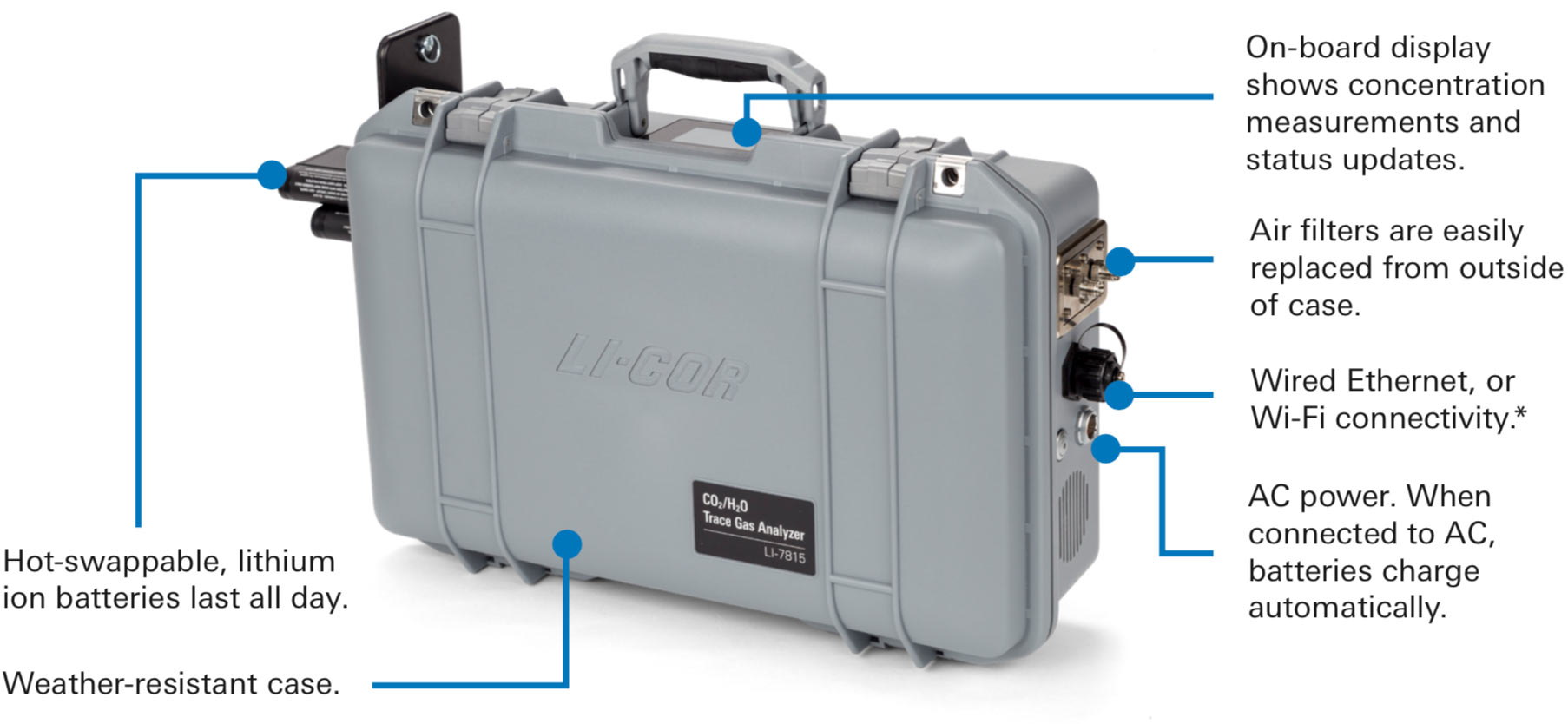
* Wi-Fi connectivity limited in some countries
High performance
LI-COR Trace Gas Analyzers use Optical Feedback-Cavity Enhanced Absorption Spectroscopy (OF-CEAS) complemented by several patented technologies and innovations. The high-finesse optical cavity allows the laser to be reflected through the cavity multiple times, enhancing the signal severalfold.
A dense grid created by the fixed cavity resonance modes, in combination with tightly controlled cavity temperature and pressure, results in high resolution sampling with very low uncertainty. The combination of technology and sophisticated signal processing enables very fast and sensitive measurements with the long-term stability expected from laser-based systems.

Patented design
LI-COR Trace Gas Analyzers incorporate multiple patented technologies. Our unique approach to the OF-CEAS method provides precision, portability, and stability to your measurements.
The result is a cost-effective analyzer that consistently delivers high performance and requires minimal maintenance. A highly stable optical bench requires less user calibration, allowing for long-term deployment. Combine the precision of a bench analyzer with the portability and flexibility needed for a wide range of research applications, including those performed at high altitudes.
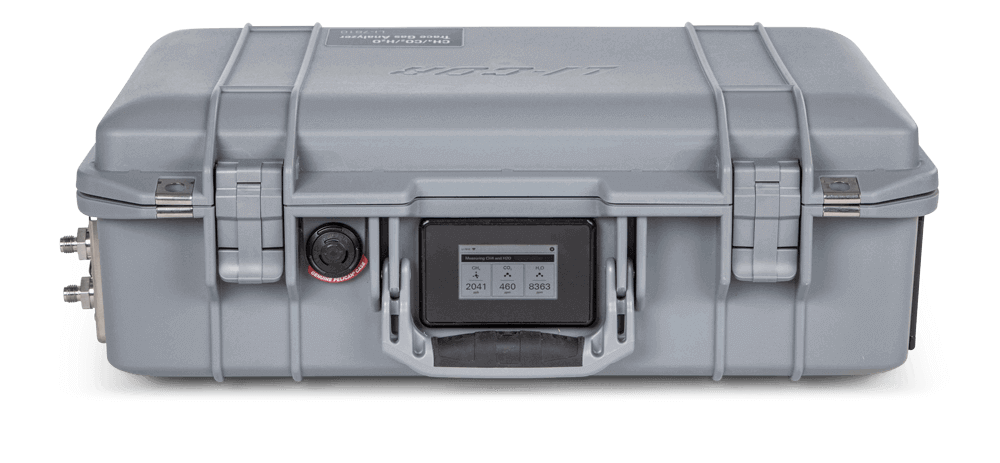
Go wherever your research takes you
Because LI-COR Trace Gas Analyzers were designed to be weather resistant and portable, you are not limited to indoor or outdoor applications and you never sacrifice precision for location. The lightweight design and long-lasting, rechargeable batteries open new opportunities for remote research. An added backpack harness makes reaching these locations easier.
Choose your application, without limits
With options for high precision CO2, CO2 Isotopologue, NH3, CH4, and N2O measurements, LI-COR Trace Gas Analyzers are designed to suit a range of research needs. Add a CH4 or CO2 analyzer to your tower for long-term concentration studies, expand your monitoring capabilities across a city or other area of interest, attach flasks for measuring CO2, CH4, and N2O evolution of small fruits or animals, or connect a LI-COR Smart Chamber or long-term multiplexed system to measure soil gas flux.
For long-term measurements or remote locations, low power requirements mean you can operate the analyzers with solar or AC power. The durable, weather-resistant case requires no cooling apparatus, so there is no need for additional equipment or elaborate field structures. A simple cover or stand is all that is required.
Have the versatility to perform long-term or survey measurements for:
- Atmospheric monitoring
- Soil gas flux
- Urban emissions monitoring
- Mobile emissions monitoring
- pCO2 and pCH4
- Sensor networks
- Large area emissions monitoring
- Fugitive emissions
- Atmospheric profiling
- Incubation, respirometry, and flask sampling
- High altitude sites
Trace gases in the ecosystem
Whether you’re measuring trace gases In the short term, long term, or on the move, integrating data from soil gas flux, plant physiology and eddy covariance systems can help reveal the origin and destination of these gases, and how they interact with other core processes in an ecosystem. Learn more about LI-COR ecosystem monitoring solutions.
Web-enabled for ultimate convenience
While the external, on-board display is great for a quick glance at concentration measurements and diagnostic alerts, diving into the details of your analyzer is effortless. Each instrument includes Wi-Fi* and a built-in web server with software designed for quick, easy access to the status of your instrument and current measurements.
Connect any device with a web browser and Wi-Fi, including your smartphone or tablet, to the intuitive interface. See live data and configure the instrument. If you cannot connect to Wi-Fi, connect the instrument directly to your computer or network using the Ethernet cable. Regardless of which device you connect with, you will have the full software in front of you.
Each of the analyzers has built-in storage for three months’ worth of data. If you need more storage, wired Ethernet allows for direct connection to a PC or Ethernet-compatible data logger.
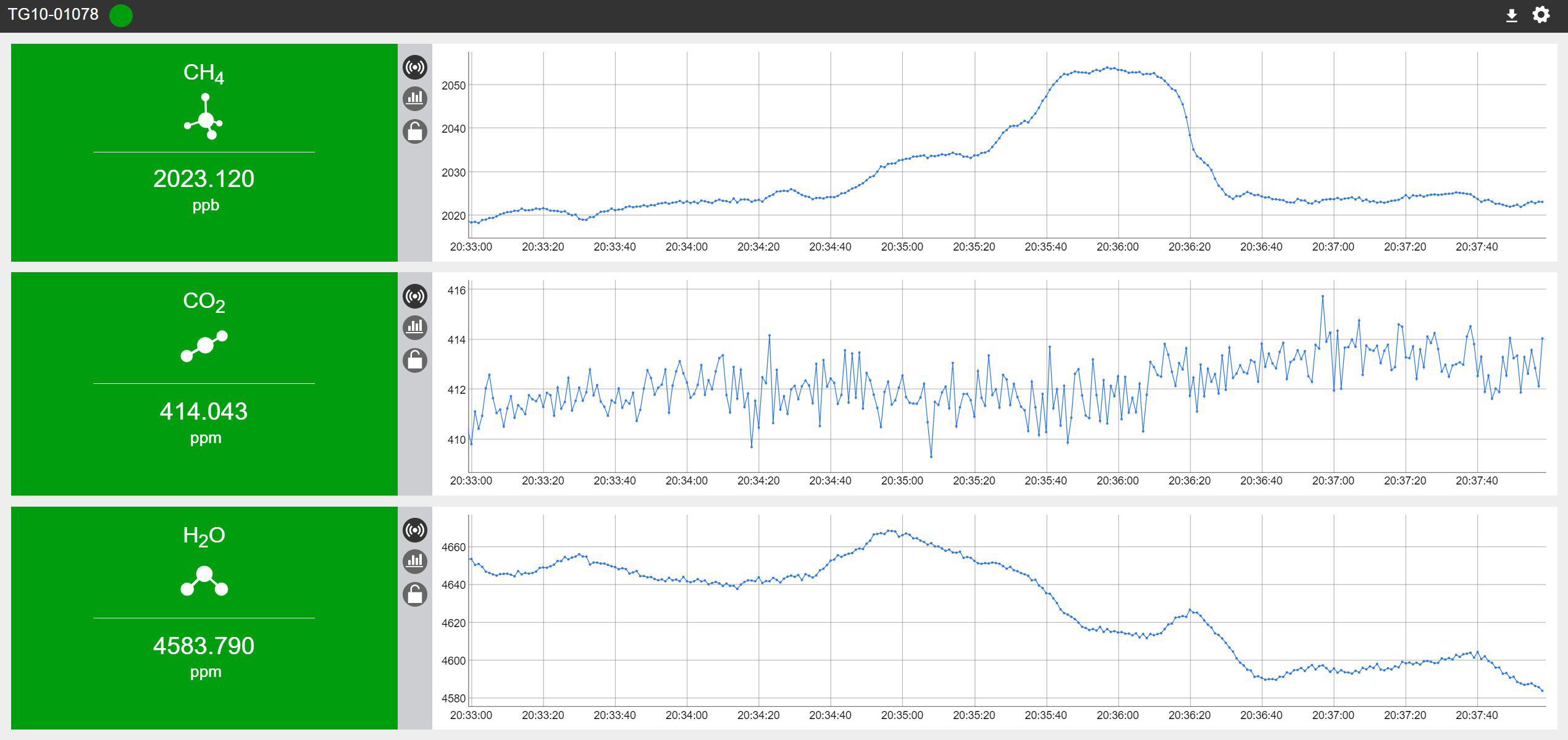
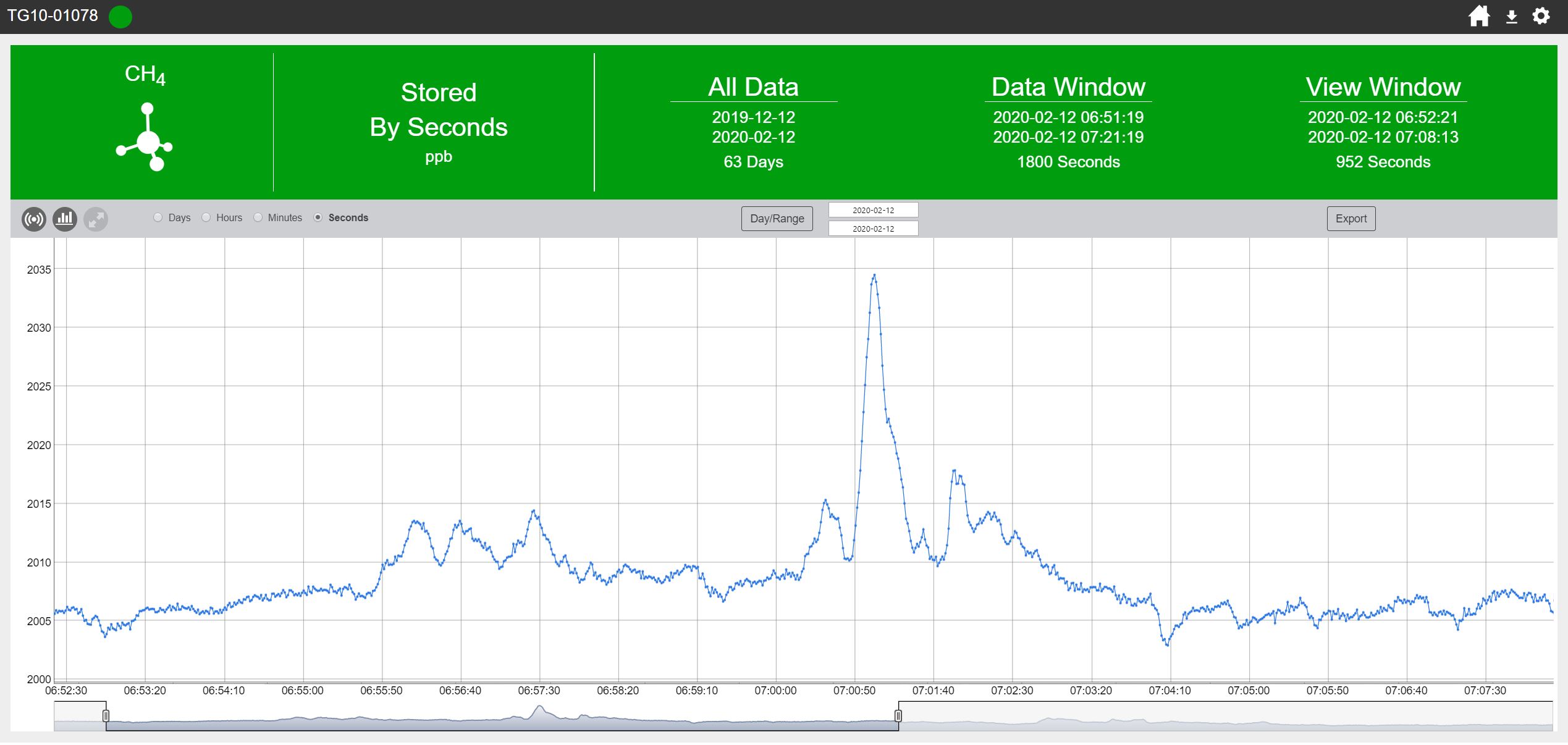
Now Integrates with GCWerks
LI-COR Trace Gas Analyzers are now supported by GCWerks software to simplify your remote data acquisition, instrument calibration, and system monitoring.
